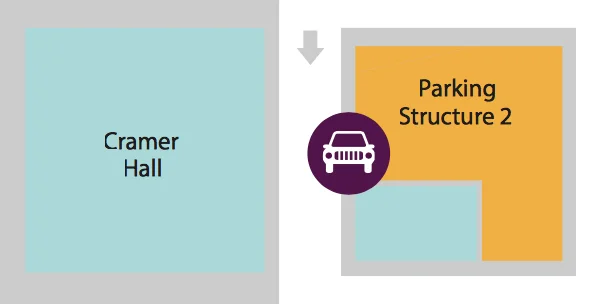Jon Krier, MA Archeology at University of Oregon will be discussing his work on coastal paleoland forms. In 2016, in a collaboration between OSU and the Confederated Tribes of Grand Ronde, a new set of coastline change models for the last 20,000 years were developed. The goal of the project was twofold: First, the straightforward goal was to get a clearer picture of how the Oregon and Washington coastlines had changed since the Last Glacial Maximum in light of newly developed digital elevation models that incorporated isostatic adjustments.
Second, these models were further examined for landscape features that would have likely been culturally significant and well as looking at how the landscape changes compared and related to traditional histories of the Nehalem Tillamook. The analyses revealed a highly dynamic coastal landscape that was very different from the modern coastline, with peninsulas, bays, and a large coastal plain that has disappeared beneath the sea as sea levels rose after the end of the Pleistocene.
Jon Krier is an archaeologist whose research has focused on predictive modeling of submerged sites in Beringia and the Pacific Northwest. Originally from Nome, Alaska, issues of Native sovereignty, traditional histories, and ecological knowledge have been of key importance for his research. Specifically, Jon’s research has sought to incorporate Indigenous perspectives into approaches to understanding the past. The goal is to show that traditional knowledge can be used complimentarily with scientific inquiry.
Jon moved to Oregon in 2010 to get his Bachelor’s degree in anthropology at UO. In 2018 Jon graduated from OSU with an MA in anthropology (focus in Archaeology) and a minor in Geography. His research efforts have taken him from Oregon’s outback, to Easter Island, Alaska, and back to Oregon’s Willamette valley and coast. He has taught anthropology, GIS, and archaeology classes at OSU and Linn Benton Community College. Currently Jon is working for the Museum of Natural and Cultural History at UO.
In 2016, Jon collaborated with the Confederated Tribes of Grand Ronde to apply the techniques developed for his Beringian research to the Pacific Northwest coast using newly developed elevation models that accounted for the weight of continental ice sheets during over the last 20,000 years.


